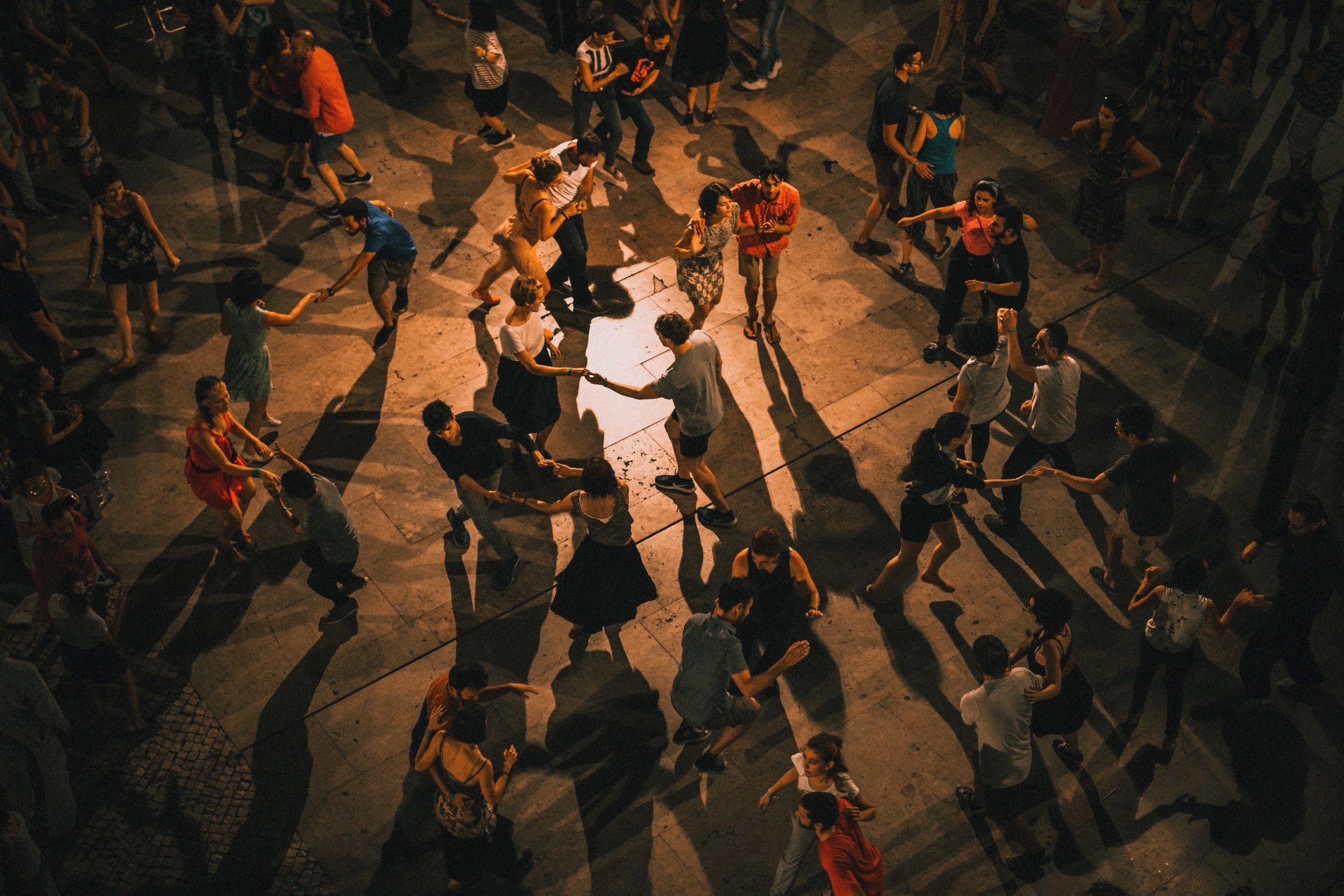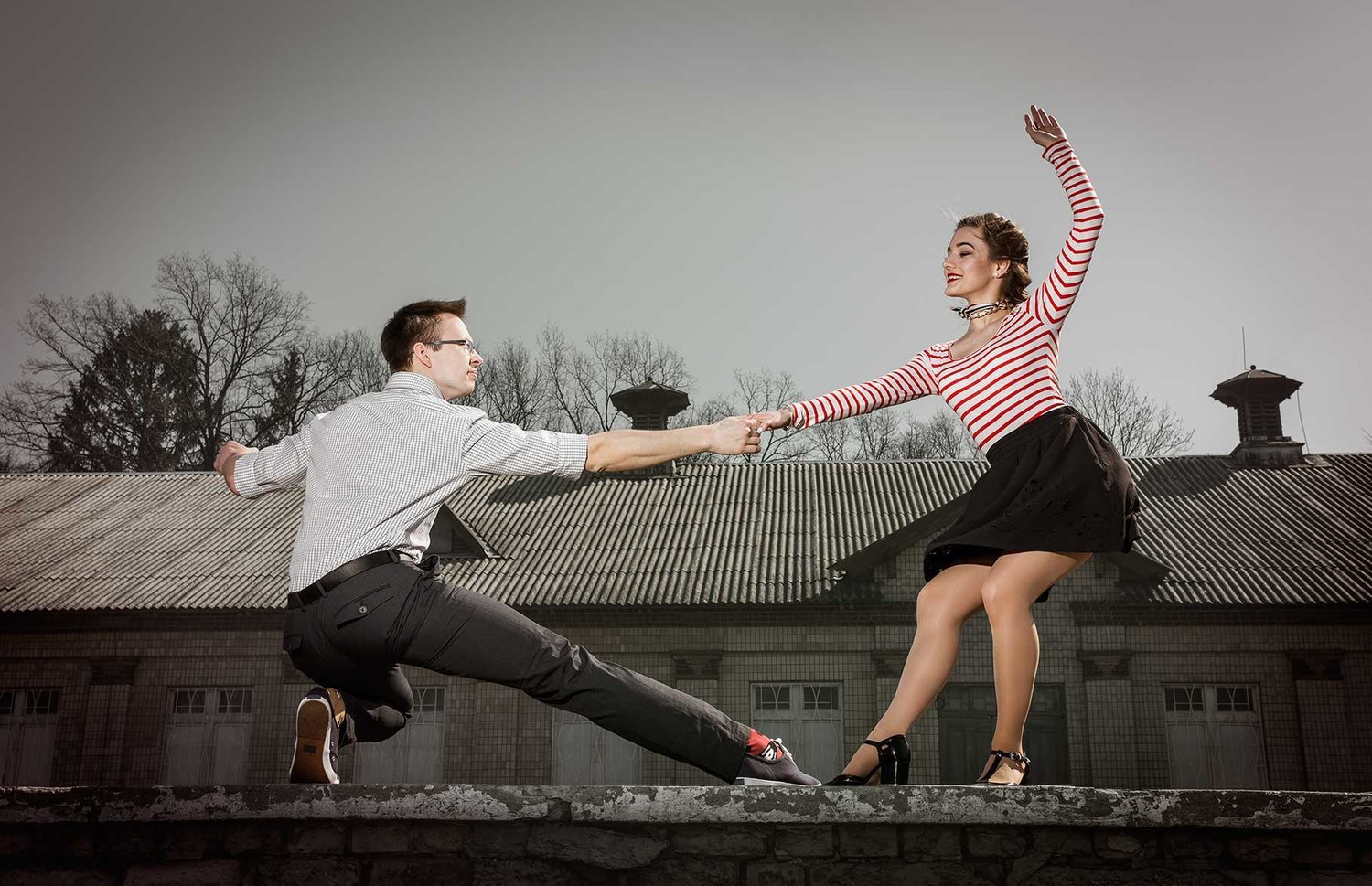Dance of the Month - Swing
Swing dancing encompasses a range of different styles including East Coast Swing (most common), Jive, Lindy Hop, Country Swing and West Coast Swing among others. Each one of these has their own unique characteristics and styling. The majority of the swing dances began in African American communities and were later popularised in the wider communities throughout the 1920s, 30s and 40s.
Lindy Hop: The parent of all swing styles, Lindy hop was all about getting as much “air time” as possible. With its kicks, flicks and acrobatic movements there was rarely a moment when both feet were on the floor at the same time. Lindy hop has evolved over the years and can be danced more tamely in social settings where dance floors are tight and those kicks might land somewhere unwanted.
(East Coast) Swing: The most popular of the swing styles, is known for its buoyant and carefree movements and is the child dance of Lindy Hop. Swing can be danced to a variety of tempos and can be danced with single, double or triple timing. Swing combines fast feet while still maintaining a still top line with very little bounce. Swing is definitely a dance that you want to add to your repertoire to have fun with.
West Coast Swing: In the 1940s the dance “Jitterbug” was banned from dance halls due too many injuries. As a substitution , Arthur Murray himself developed several swing steps which formed the beginning of West Coast Swing. Arthur Murray is credited with the first West Coast Swing glossary term for movements such as “Under Arm Pass”, “The Whip” and “The Sugar Push”. When compared to East Coast Swing, West Coast Swing is more laid back and chilled rather than fast paced and energetic. West Coast Swing is also a track or slot dance, meaning that the steps travel forward and back, rather than side to side.
Country Swing: Has elements of Single Swing, New York Hustle and even has a reminiscences of Salsa. Country Western swing uses march or one-step rhythms making it a great starter dance that anyone can learn if they are interested in swing. Once the basics are learnt, country swing can become more fun with loop and wrap steps.
Balboa: started as early as 1915 and gained popularity in the 1930s and 1940s. It is usually danced in a close embrace and is led with full body connection. Leading and following is a subtle art with sneaky weight shifts but is a whole lot of fun.
Swing is a whole world waiting to be explored. With its wide range of dances and characteristics there is something for everyone, whether you are new to dancing or have been dancing for years. We highly encourage you to take advantage of the learning some of the different swing styles as each one has something unique to offer.



